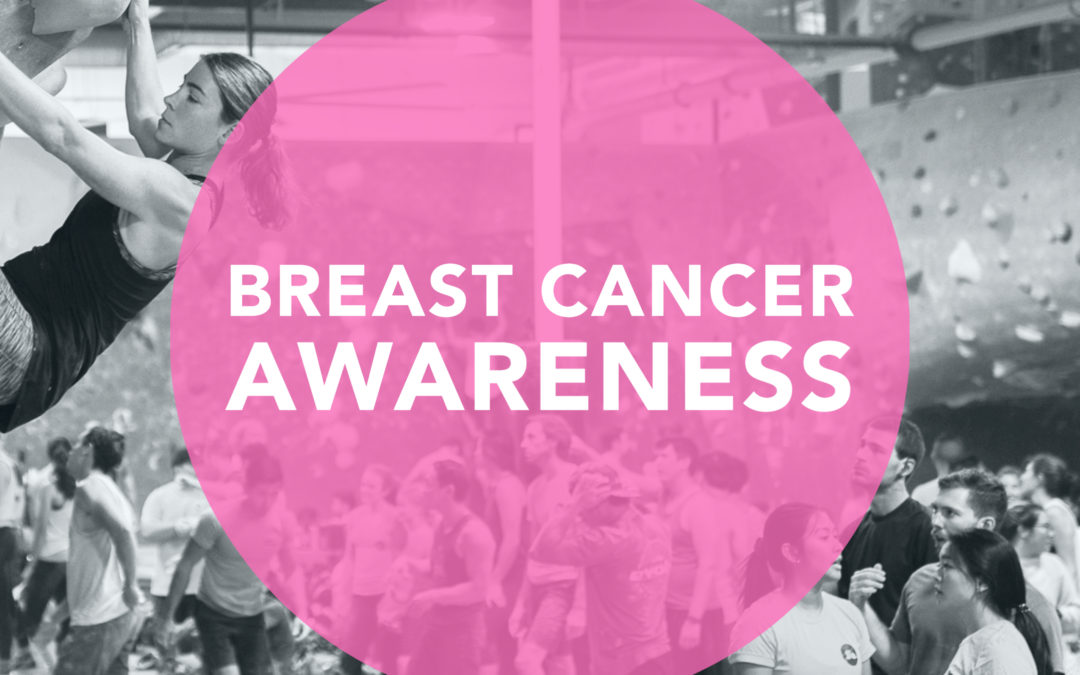This is not your typical blog post about climbing. Last month was Breast Cancer Awareness Month, but we think it’s important to be aware of any time. We have compiled some information on the topic and provided ways you can support the fight against breast cancer. Being climbers, we typically live active, healthy lifestyles but we’re also not strangers to mitigating risk. The following provides a little insight into how to take possible preventative measures.
Why is October Breast Cancer Awareness Month?
First lady, Betty Ford, was diagnosed with breast cancer while her husband Gerald Ford was acting President of the United States. She openly spoke at interviews about her diagnosis and even allowed cameras in her hospital room. She helped pave a break in the long stigma that surrounded the taboo topic and sparked a dramatic increase in breast exams. When The American Cancer Society and the pharmaceutical division of Imperial Chemical Industries teamed up to create Breast Cancer Awareness Month in 1985, Mrs. Ford helped to kick off the week-long event.
How many people are diagnosed with breast cancer each year?
Breast cancer is the second leading type of cancer among women in the United States. About 1 in 8 women will develop invasive breast cancer in their lifetime. This year alone it is estimated that there will be 276,480 new cases of invasive breast cancer in women and 2,620 new cases of invasive breast cancer in men.
Wow, that seems like a lot. How does my health impact breast cancer?
Studies show that exercising as an adult can lower the risk of breast cancer by 10-20 percent. Some studies have even shown that exercise can improve survival rates for those battling breast cancer. So how often should you be getting in the climbing gym or be active? The American Cancer Society recommends 2.5 hours each week.

When should breast exams begin?
Communicating and discussing concerns and options related to breast cancer screenings with your physician is recommended, especially beginning around the age of 40. The American Cancer Society recommends women between the ages of 45 to 54 get yearly mammograms. It’s also good to look into your family history to see if doctors recommend beginning checks sooner. Screenings aren’t recommended for men unless they have the inherited BRCA gene.
What is a mammogram?
A mammogram creates x-ray images from the top and side of the breasts. Results may be provided the same day or up to two weeks following the exam. About 12-13 percent of women experience abnormal findings on their exam but most abnormal findings are not due to breast cancer. Additional tests are used to create more clarity.
How can I support the fight against breast cancer?
There is a myriad of ways to show your support in the battle against breast cancer.
- Join a Race or Walk
- Participate in or Donate to American Cancer Society’s Making Strides Against Breast Cancer
- Help fund the research through Susan G Komen
- Understand Breast Cancer Facts and Figures
- Call the Breast Care helpline for information and support services 1-877 GO KOMEN (1-877-465-6636)
Information and data for this blog post were sourced from The American Cancer Society, Susan G. Komen, and the Brevard Health Alliance.

